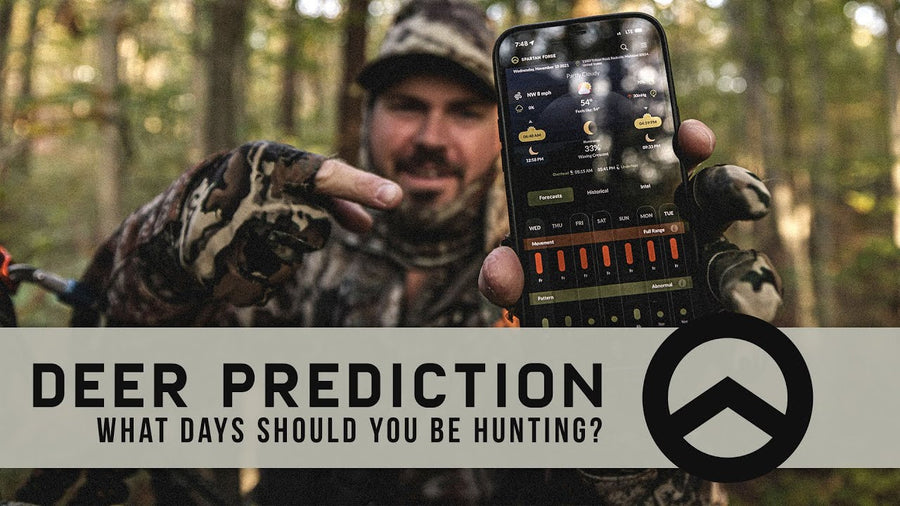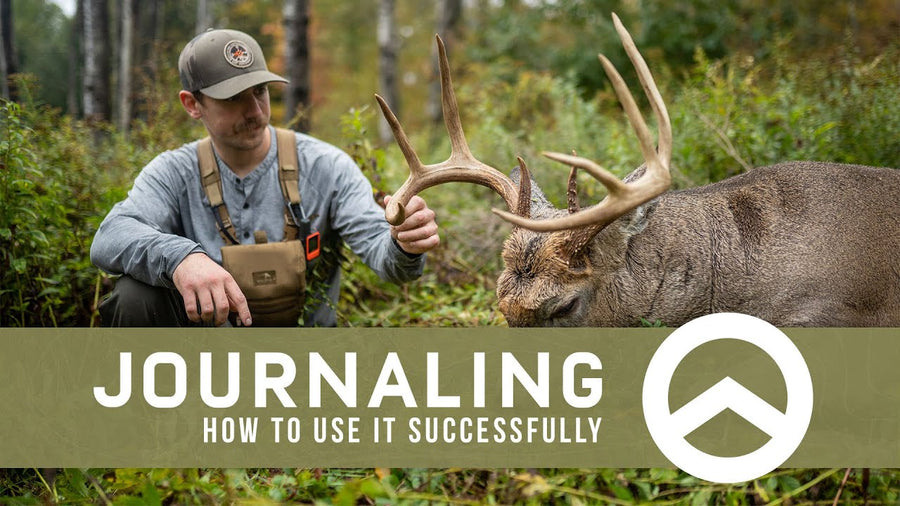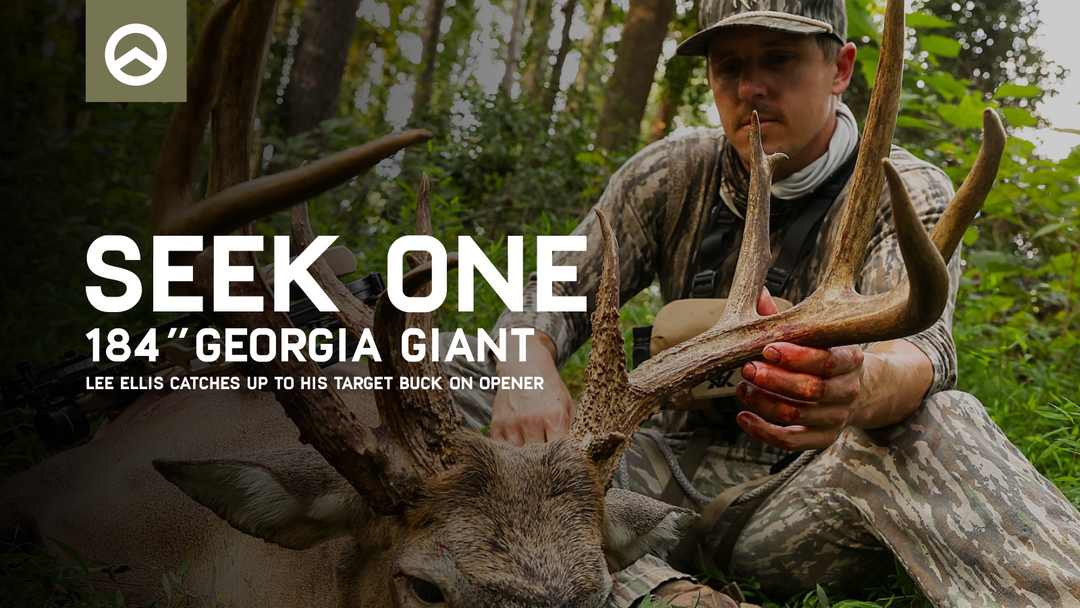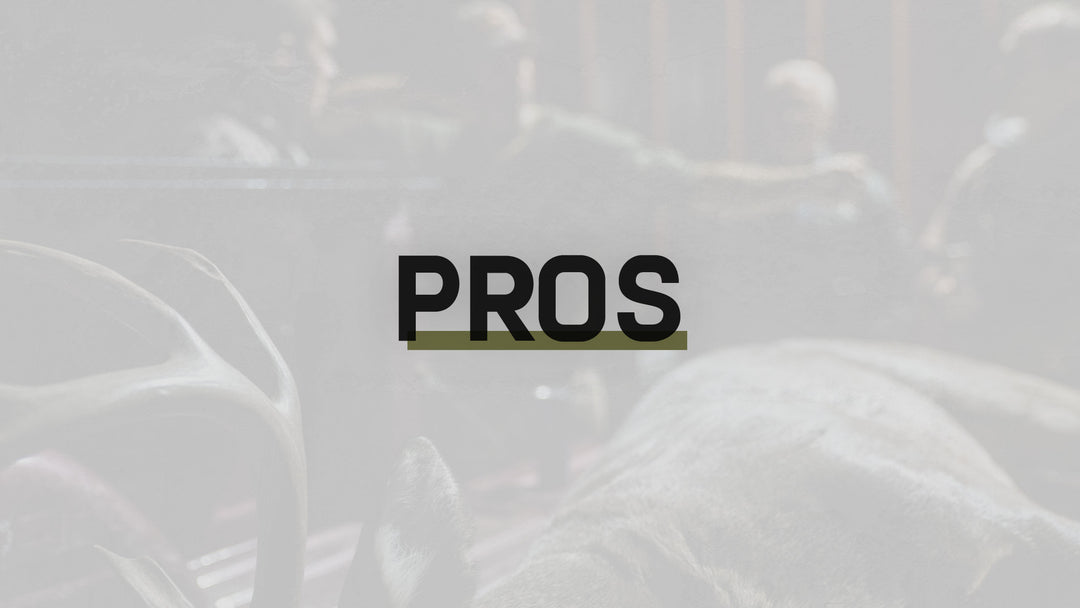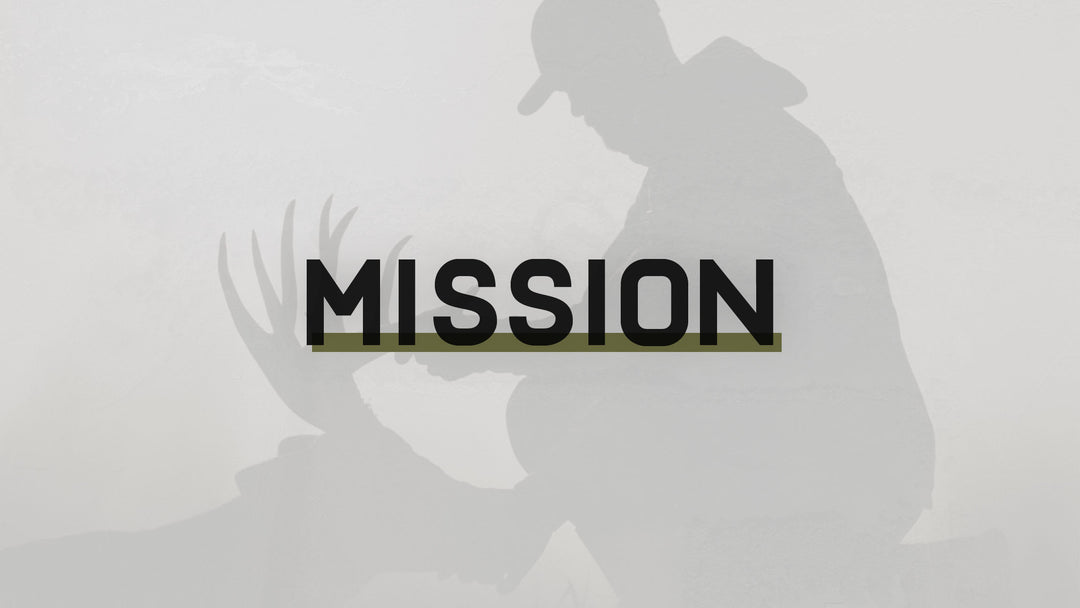Myth Busting the October Lull
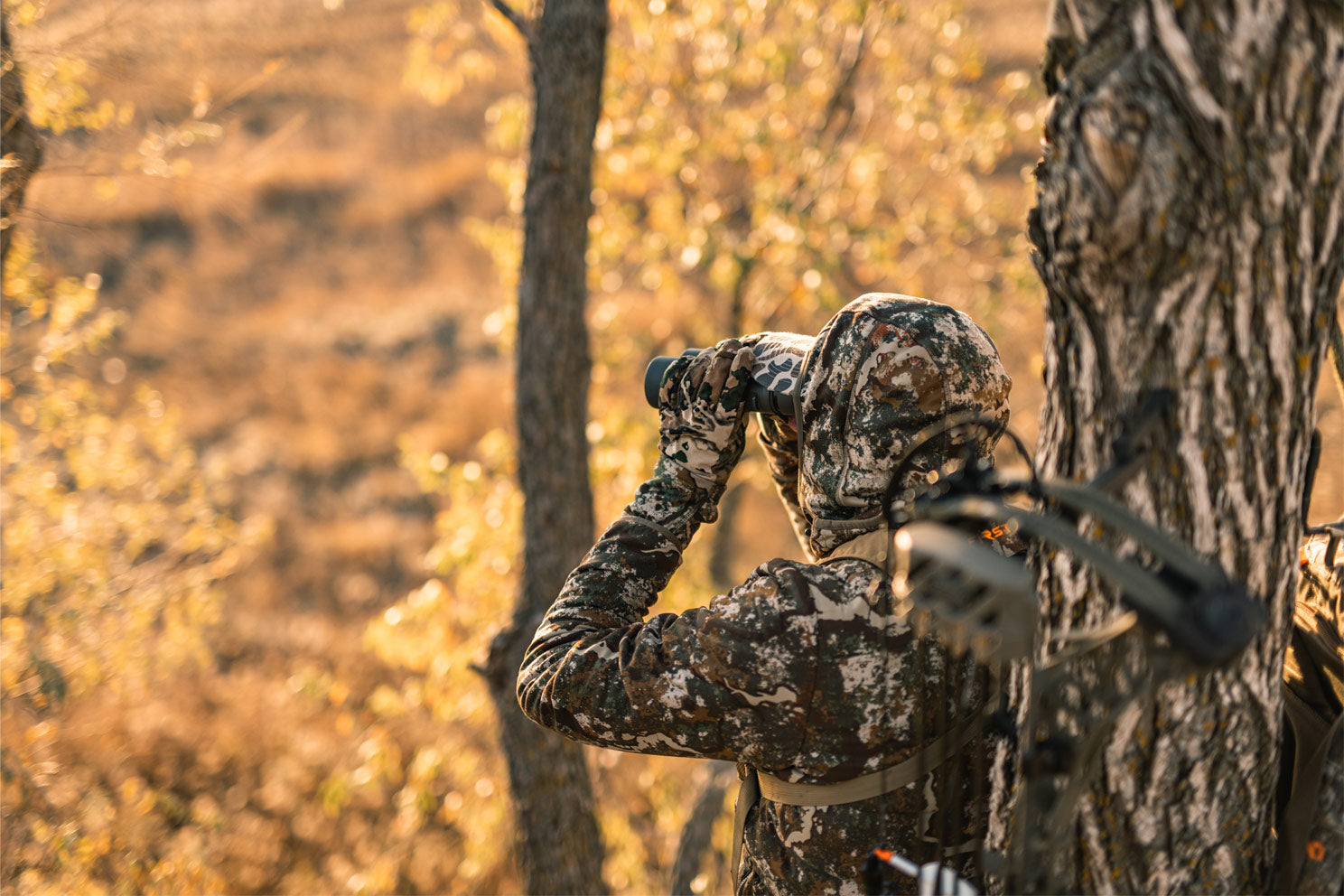
Originally, this article was going to be one of the easiest I’ve ever written, and one filled with the excitement of talking about just how much bucks move in the daylight hours of October leading up to the rut. However, it’s going to be a little more painful of a topic to cover due to a recent hunt. The silver lining of that heartbreaking hunt, however, is that it debunks a few different myths, including the October Lull, as good as any scientific data ever could. It’s the story of a blown opportunity from October 8, 2023.
The Prelude
Of the 495-acre property that I have access to, about 40 acres is all mine, dedicated specifically to my bowhunting exploits. I stay off the rest that is set up completely for rifle hunting and they stay off my 40. The only problem is that of all the scouting and all the trail cam photos, I could only find does living on this portion, with all the nice bucks bedding and hanging out on the acres dedicated to rifle hunting. Those acres are full of food and border a river where many of the largest bucks bed. However, in early September, I found a scrape that bordered a thick area just on the edge of my 40. This scrape was next to some very small rubs from years past, so I set up a camera.
Myth 1 Busted – Hunting Scrapes Is Just for The Rut
Not everyone believes this, but many people believe it’s a waste of time to hunt over scrapes outside of the pre-rut/rut timeframe because bucks just aren’t hitting them all that often. Well, about a week or two after hanging that camera, I started getting pic after pic of bucks hitting that scrape almost every single day. I’ve had four bigger bucks showing up, with at least two of them being mature, along with many does and smaller bucks. The only problem was that the bucks were hitting it around 10 minutes after dark and 10 minutes before sunup. This meant they were bedding somewhere close in the thick stuff. I could’ve gone in and tried to catch one coming to it, but a lot of hard-earned experience has taught me that if I know where they like to end up, it would be smarter to just be patient and wait for the right conditions. After all, I know that daylight movement increases throughout October. So, the first week of October brought three different daylight appearances by a mature buck, and the 8th of October would bring the first cold front we’ve had, dropping all the way to around 40 degrees, which might as well be a snowstorm here in South Carolina.
Myth 2 Busted – Bucks Don’t Move Much in October
I knew I needed to be in the woods. With daylight activity already increasing throughout the first week of October, and having the cold front moving in, I made my plan. I got up at 3:30AM and pulled up to the gate at 5:03AM. Trying to be as quiet as possible, it took until 6:23AM to get completely set up in the tree. I was 30 yards downwind of the active scrape, but when the sun came up, I noticed another new scrape not 10 yards in front of me, with new rubs around it. I’ll fast forward a little to the excitement. Around 8:30AM, I noticed a deer feeding about 60 yards away under some oaks. Those acorns he was eating are the reason that hunters believe in the October Lull. If you’re a field-edge hunter who believes that deer vanish in October because you don’t see them at feeders or in food plots anymore, just know that they’re still moving after sunup. They’re just back in the timber feeding on acorns. I killed my first bow buck 3 years ago on the 8th of October at 8:20AM (yep, another October 8th). Can you guess where he was? In the timber, feeding on acorns.

Myth 3 Busted – Rattling Doesn’t Work Outside of the Rut
I should back up about 10 minutes in the story to tell you that I decided to do something that most would say should never be done on October 8th. I pulled out my rattling bag. Why would I do such a thing this early in the season? We’ve been getting pictures of bucks fighting for a week prior. Also, I was sent a video of two bucks fighting in a road in front of a truck that had to put it in reverse to keep the bucks from hitting his front bumper. So, though I didn’t expect rut-like activity from it, I knew that rattling antlers would not be an unusual sound and because of the number of bigger deer hitting that scrape, I knew that one of them might be curious to see who was fighting in his turf around his scrapes. This wasn’t an all-out brawl that I produced because they never are this time of year. I grunted twice, then immediately worked my rattle bag for about 10 seconds before placing it back in my bag. I didn’t get a buck charging in, but I got a curious, mature buck come in and feed about 60 yards from the action. So, I’d say it worked. He seemed like he was going to feed back out towards the way he came, so I softly grunted twice in a row. A couple of minutes later, he started coming my way, but he was circling downwind.
The Heartbreaking Conclusion
As soon as he got downwind of me, he paused. If this had been a public land deer, he’d have bolted. But this deer has not seen human pressure and hasn’t ever been called to on this property. Even still, he knew something was up. But he just couldn’t resist staking claim to his territory, so he kept coming. He got to 10 yards from my tree, behind a huge wall of brush. I could barely see one of his legs. As soon as he took another step, I went full draw. But then he stopped again. After realizing I couldn’t stay full draw any longer, I decided to let down to wait on him to move again. As I started letting down, my release unexpectedly disengaged from my d-loop, sending the arrow into the dirt. And just like that, my opportunity was gone. My initial thought was that my d-loop broke, but it was fully intact. I never touched the barrel of my handheld release, and I’ve never had an issue with it in the year that I’ve owned it. I have no idea what happened, but there were a few lessons that we can all take from that devastating experience.
- Deer move more and more during daylight hours throughout the month of October. They recede into the timber feeding on freshly fallen acorns, so being prepared for that is key to finding success before the rut. Although I’ve seen it for years now, I know that my hunts are simply anecdotal in nature, but my findings are also backed up by scientific research data that can be found through a little Googling. The MSU Deer Lab has some great findings on this subject.
- Mature bucks sometimes hit scrapes consistently well outside of the rut. It just takes finding the right spots. Not all scrapes are created equal. The scrape from my story is located about 75 yards from a thick wall of cover that bucks can escape to quickly if need be. I also assume they’re bedding back in that area as well.
- Calling – even rattling – can work outside of the pre-rut/rut. There is a caveat to this, however. It has worked for me multiple times now, but you should know that it worked on this deer in particular because he didn’t know any better. If you’re on private land where your deer aren’t pressured, it can work for you, but it has to be used sparingly. If I’d have rattled too much or too hard, it wouldn’t have sounded natural to the time of year. This buck likely won’t come back into a call anytime soon, and if he does, he’ll likely start out on the downwind side and far enough that he can slip back into cover without ever being seen. I’ve had it work once outside of the rut on public, but that was before I knew better, and in general, it’s a lost cause there.
- Always inspect your gear. Make sure it operates perfectly and when it doesn’t, fix it. That’s the first issue I’ve had with my release, and you can bet it’ll be the last.
- Read body language. If that deer had never stopped, I’d have a new euro mount on the way and a great story to tell. But I can’t control what a deer does. I can only look at how he’s acting and react accordingly. There’s no telling how long a timid deer will stay behind cover, so the next time I’m in that situation, I won’t be full draw until he steps out.

The moral of this story is that conventional wisdom sometimes doesn’t hold true. Never stop learning. And when you see an opportunity, even if goes against what others think, if you’re confident, go with your gut. You may just rattle a mature buck into 10 yards on the 8th of October.
Written by Alex Killman at Southeastern Bowhunting
